The Siberian Husky colors is one of the most striking dog breeds in the world. Known for its wolf-like appearance, piercing blue or odd-colored eyes, and fluffy double coat, this breed never fails to turn heads. But what truly sets them apart is the wide variety of coat colors and patterns they come in.
From the classic black and white Husky to the rare agouti or pure white Siberian Husky, each coat tells a story of genetics, adaptation, and beauty. If you’re considering adopting a Husky or simply fascinated by this breed, understanding their coat colors will help you appreciate them even more.
In this comprehensive guide, we’ll cover:
- The official Siberian Husky coat colors
- Common and rare patterns
- Coat genetics and what influences color
- Grooming and care tips for different colors
- FAQs for Husky lovers
Let’s dive into the colorful world of Siberian Huskies.
Why Siberian Husky Colors Are So Unique
Unlike many other breeds that have limited coat variations, Huskies come in a broad spectrum of colors and patterns. Their double coat (a dense undercoat with a longer, protective outer coat) allows them to survive freezing Arctic conditions while showcasing beautiful color combinations.
The American Kennel Club (AKC) recognizes a wide range of colors for Huskies, including black, gray, red, sable, agouti, and pure white. This means whether you love a bold, wolf-like look or a softer cream-colored coat, there’s a Husky for every preference.
Officially Recognized Siberian Husky Colors
Here are the most popular and recognized coat colors for Huskies:
1. Black and White Husky
The black and white Husky is the most classic and common variation. Their coats range from jet black to a lighter, smoky shade of black, often paired with white markings on the face, chest, and legs.
This is the iconic look most people imagine when they think of Huskies.
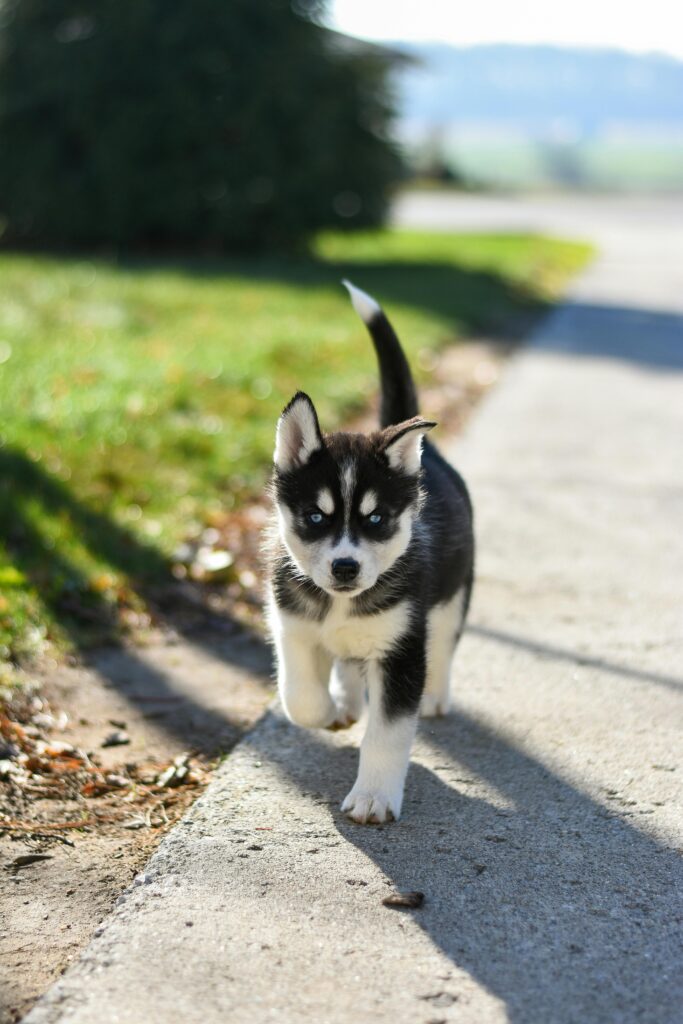
2. Gray and White Husky
The gray and white Husky has a softer appearance compared to black. Shades can range from light silver-gray to dark charcoal. Their fur often resembles that of wolves, giving them a natural and wild charm.
3. Red and White Husky
A rarer but highly admired coat is the red and white Husky. Their fur ranges from copper to auburn or light ginger, creating a warm, fiery look. Red Huskies often have amber or brown eyes, adding to their uniqueness.
4. Agouti and White Husky
The agouti Husky is sometimes called the “wild color.” Their coat has banded hairs with multiple shades of black, gray, and tan. This creates a wolf-like or rustic appearance that’s highly sought after by Husky enthusiasts.
5. Sable and White Husky
The sable Husky has a red undercoat with black-tipped hairs, giving them a shaded, almost burnt look. They’re often mistaken for red Huskies but have darker overtones.
6. Pure White Husky
The all-white Husky is one of the rarest and most elegant variations. Their snowy coats shine beautifully against their blue or odd-colored eyes. They are often compared to Arctic wolves and are prized for their rarity.
7. Black, Tan, and White Husky
This tricolor variation is less common. It combines black fur with tan highlights and white markings. These Huskies have a unique, multi-layered appearance.
8. Brown and White Husky
Another variation is the brown Husky, which comes in shades from chocolate to light coffee brown paired with white. They often have lighter eye colors that enhance their warm-toned coats.
Stunning Grey and White
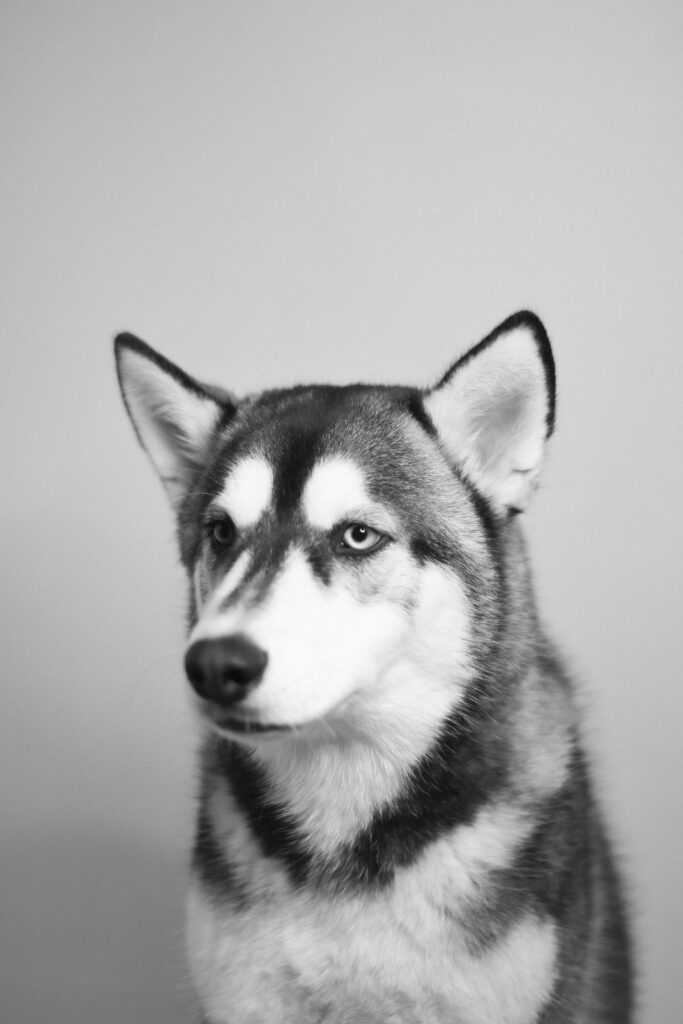
Siberian Husky Coat Patterns
Beyond colors, Huskies also come in different patterns that make them stand out:
- Piebald Pattern: White is the dominant color with patches of another shade.
- Saddleback Pattern: A darker shade runs across the back, resembling a saddle.
- Splash Coat: Large patches of color spread unevenly across the body.
- Mask Patterns: Many Huskies have striking facial masks, ranging from full masks to minimal markings.
These patterns add to the breed’s diverse and breathtaking looks.
Coat Genetics: Why Huskies Have Different Colors
The wide variety of Siberian Husky colors comes from genetics. Specific genes determine whether the coat will be black, gray, red, or white. For example:
- Agouti genes give the wolf-like appearance.
- Eumelanin genes control black, brown, and gray shades.
- Phaeomelanin genes influence red and cream tones.
Breeding also plays a role. While all colors are beautiful, reputable breeders avoid breeding solely for color to maintain the health and temperament of the Husky.
Siberian Husky colors
Red and White: A Unique Beauty
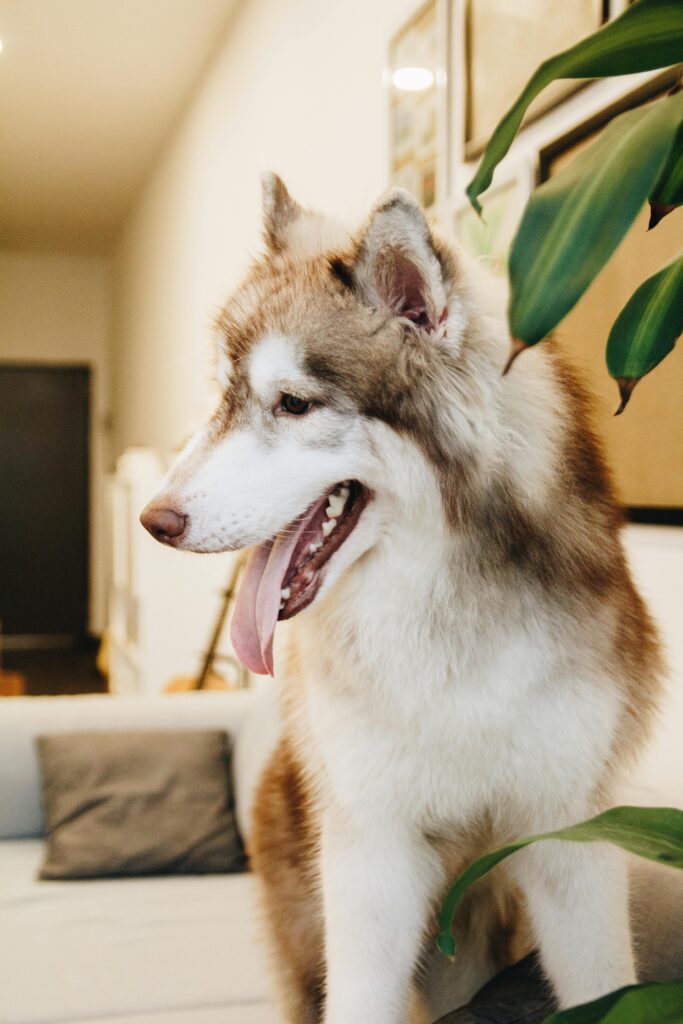
Grooming and Care for Different Siberian Husky Colors
Regardless of color, all Huskies share the same grooming needs:
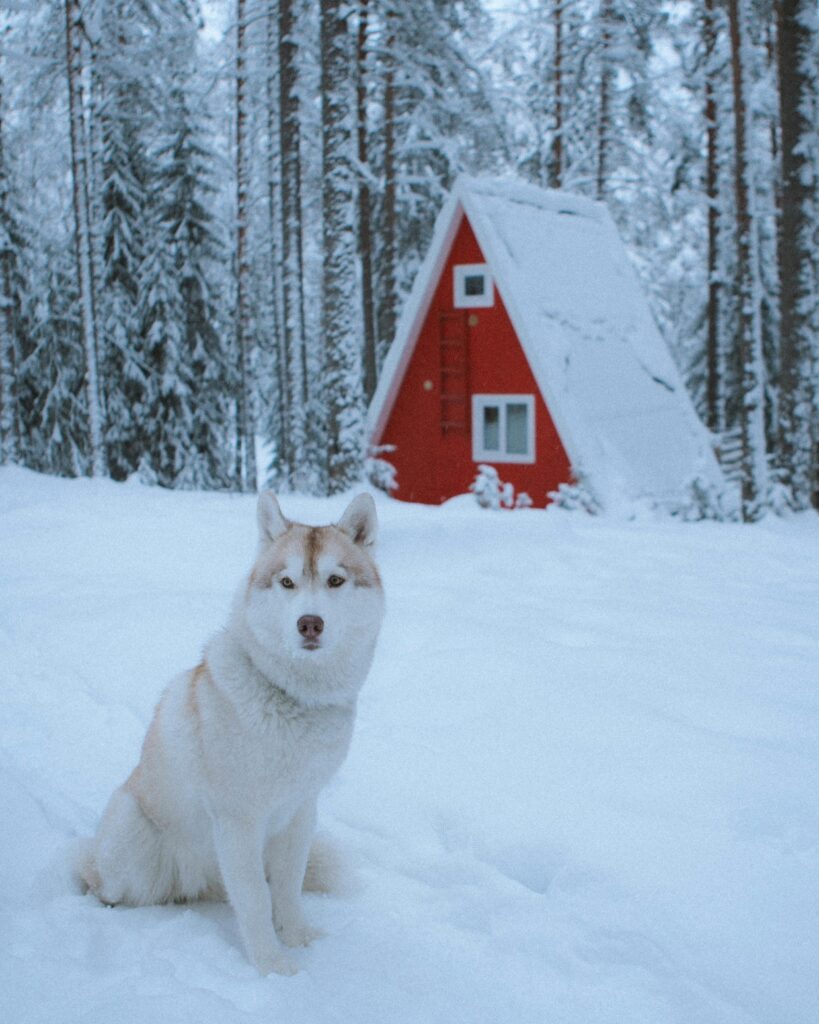
- Brushing: Twice a week, and daily during shedding season.
- Bathing: Once every 2–3 months unless dirty.
- Coat health: Use omega-rich foods to keep coats shiny.
- Sun protection: Lighter coats (like white Huskies) may need extra care against sunburn.
Remember, the color of your Husky’s coat doesn’t change its grooming needs—but darker coats may hide dirt better, while lighter coats show stains more easily.
Which Siberian Husky Color Is the Rarest?
Among all the variations, pure white Huskies and agouti Huskies are considered the rarest. Sable and tricolor Huskies are also less common compared to black, gray, and red.
If you’re looking for a truly unique Husky, these rare colors might appeal to you. However, remember that temperament and health are always more important than color.
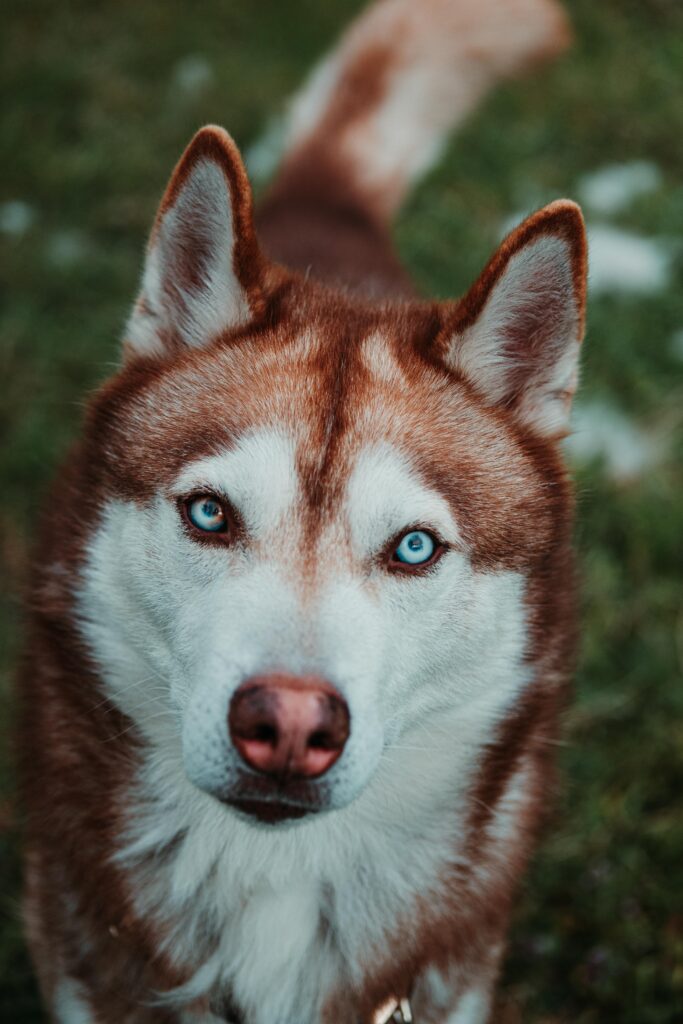
Tips for Choosing a Husky Based on Color
- Don’t choose a Husky just for its color—focus on its personality and lifestyle fit.
- If you love the wolf-like look, go for agouti or gray Huskies.
- If you want a rare showstopper, consider a white or sable Husky.
- For classic Husky lovers, black and white is always iconic.
Pure White Elegance
Agouti and White: The Wild Look
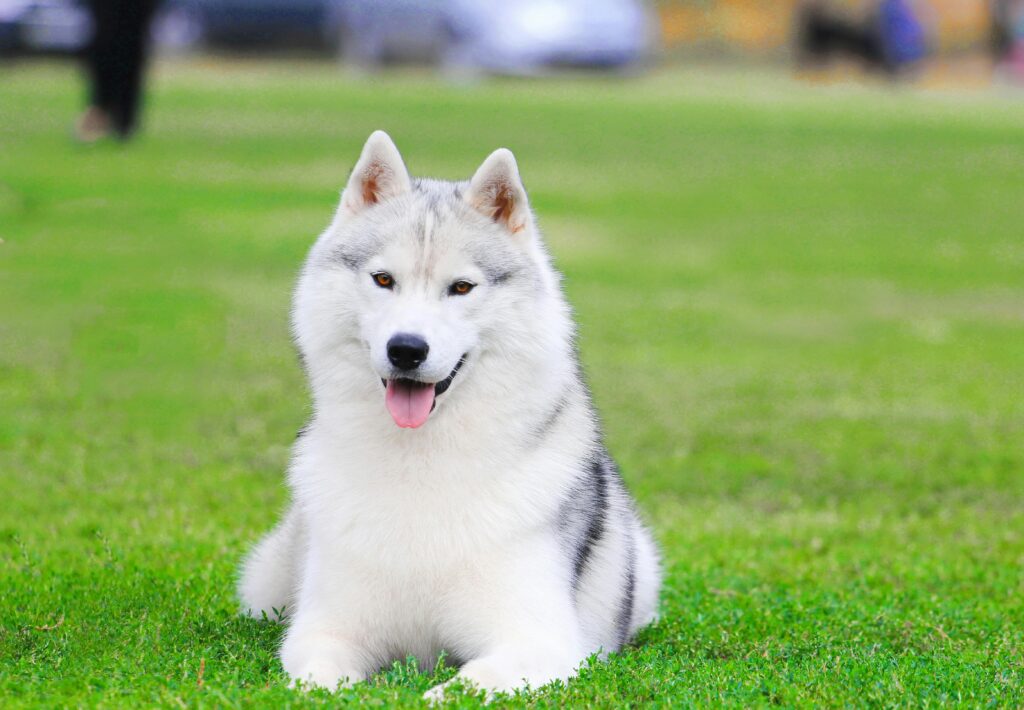
Sable and White: Rich and Warm
Conclusion
The world of Siberian Husky colors is as fascinating as the breed itself. From the classic black and white Husky to the rare and elegant white Husky, each coat variation adds to their charm and individuality.
No matter what color you choose, Huskies will always be energetic, loyal, and adventurous companions. When selecting a Husky, remember to focus more on their health, temperament, and your ability to care for them rather than just their coat.
With proper love, training, and care, a Husky of any color will bring endless joy and unforgettable memories to your life.
Do Husky puppies change color as they grow?
Yes! Many Husky puppies are born darker, and their coats lighten as they mature. Some even develop completely different shades by adulthood.
Are certain Husky colors more expensive?
Yes, rare colors like white, agouti, or sable Huskies often cost more because of demand.
Do coat colors affect a Husky’s personality?
No. Coat color doesn’t determine temperament—training, environment, and genetics do.
Can Huskies be completely black?
Yes, but completely black Huskies are rare. Most will have at least some white markings.
What eye colors do Huskies have with different coats?
Huskies can have blue, brown, amber, or odd-colored eyes, regardless of coat color.

2 thoughts on “Siberian Husky Colors: A Complete Guide to Their Stunning Coat Varieties”